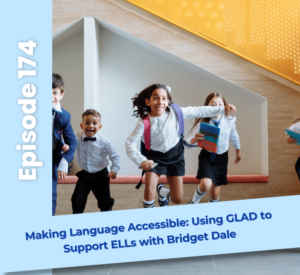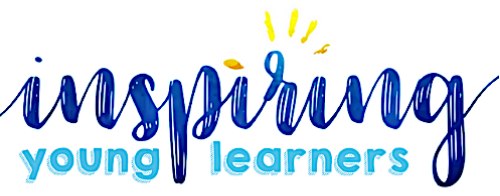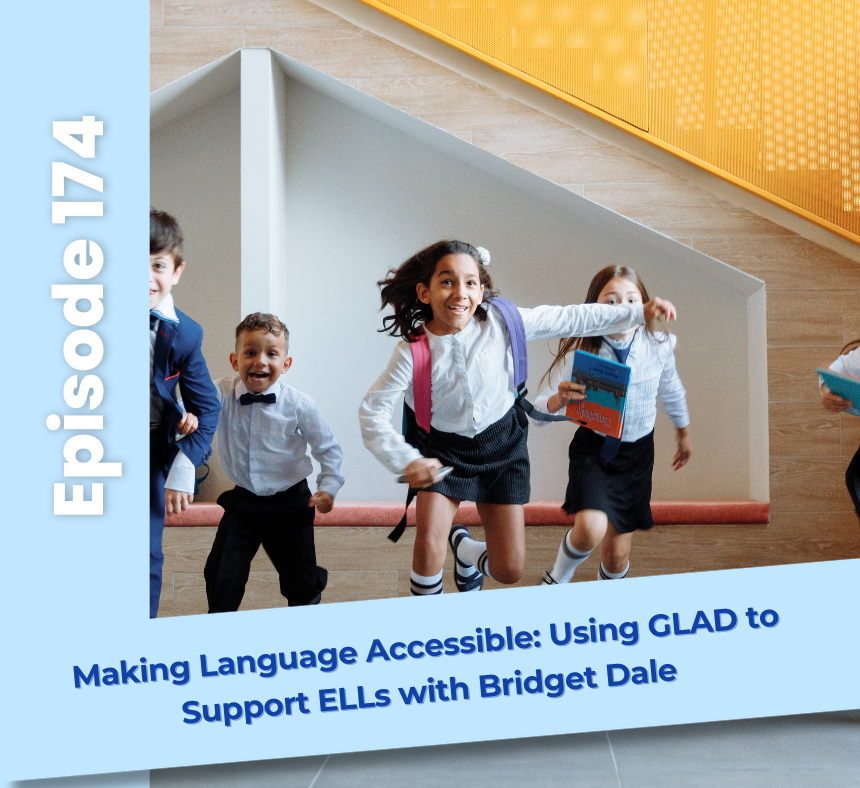
What is Project GLAD?
“It’s not something new to add. It’s how we teach what we already have to teach.” – Bridget Dale
Making Language and Content Accessible
“We don’t water things down. We scaffold up.” – Bridget Dale
Teaching That Builds Confidence and Connection
- Using visuals, color coding, and graphic organizers to support all learners—not just ELLs.
- Leveraging student data to drive instructional choices.
- Embedding trans-languaging and home languages in classroom displays to foster belonging.
- Maintaining positive behavioral systems rooted in affirmation, not correction.
Starting with GLAD: Where to Begin
Final Takeaways
More about Equipping ELLs:
We all know that teaching isn’t easy, but it doesn’t have to be this hard. Equipping ELLs is a podcast for both ESL specialists and homeroom teachers who are looking for effective and engaging ways to support their English Language Learners without adding to their endless to-do list. Tune in each week to hear tips, strategies, and inspirational stories that will empower you to better reach your ELL students, equip them with life-long skills, and strengthen relationships with colleagues and parents.
Your host, Beth Vaucher, is the founder of Inspiring Young Learners. She is an ESL certified homeroom teacher with over 10 years of experience teaching in the US and internationally. Her background of M.Ed in ESL and Curriculum and Instruction combined with her experience has led her to develop a bestselling newcomer curriculum that has sold in over 90 countries around the globe. She brings a different perspective to teaching ELLs from her years teaching and living abroad and working with ELLs from around the world. You will walk away from each episode with the ideas and tools you need to transform your experience as a teacher and cultivate a thriving and welcoming environment for your ELL students.



